Increased Confidence in CO2 Storage
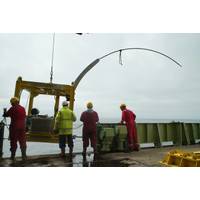
If we are going to store large volumes of carbon dioxide (CO2) in depleted oil and gas reservoirs beneath the seabed we need to be sure that, in the unlikely event of a leak, we can detect it. A research expedition, carrying a world-first experiment designed to develop methods for the detection and monitoring of leaks, has just returned from the North Sea; it has been declared a great success.Climate change…
NOC Embarks New Collaboration with O&G Industry
The National Oceanography Centre (NOC) launched a new collaborative way of working with the oil and gas industry. NOC will provide innovative science and technology to enable industry to work safely and efficiently, with minimum impact on the marine environment. The launch comes off the back of many years of working with the industry on both an individual and collaborative basis…
New Tech for Deepsea Deposit Exploration
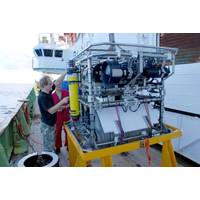
A research expedition leaving Southampton today, led by the National Oceanography Centre (NOC), will address the massive technical challenges in exploring for seafloor mineral deposits. This expedition will take place on board the RRS James Cook, marking a decade of service that has seen this ship travel 218972 miles in pursuit of science – the equivalent of circumnavigating the globe 10 times.
Europe’s Deepest Glider Under Development
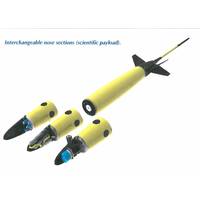
Nineteen partners from across Europe have come together to develop Europe’s first ultra-deep-sea robot glider. This glider will be capable of sampling the ocean autonomously at depths of 5000m, and maybe more in the future, for up to three months at a time. This project, which includes the National Oceanography Centre (NOC), has won 8 million Euro of funding from…
NOCS: Free Trials for New Marine Tech
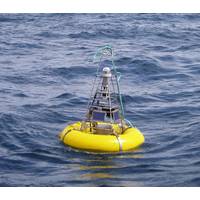
Small to medium sized enterprises and marine technology research institutions can now apply for access to ocean observatories for research, or to test their new product prototypes in the open sea, at no cost. Dr Luisa Cristini, who is managing the project from the National Oceanography Centre (NOC), said “It is a wonderful opportunity for organisations to trial their instruments and equipment and to use data from our observatories.
Discovery of New Rock Property Earns Prize
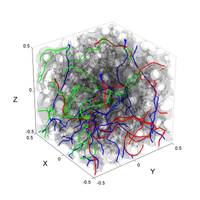
The discovery of a new fundamental rock property will improve estimates of underground resources, such as hydrocarbons and drinking water, as well as CO₂ storage reservoir capacity. The revelation that electricity can flow more easily through sedimentary rocks in the vertical, rather than horizontal, direction is contrary to established scientific wisdom. This finding will improve the interpretation of geological fluid flow from geophysical surveys.
Sonardyne System to Monitor North Sea CO2 Leaks
Sonardyne International is taking part in a new Energy Technologies Institute (ETI) project within the Carbon Capture Storage (CCS) program to develop a Carbon Dioxide (CO2) marine and shallow subsurface monitoring system for underground CCS sites in the North Sea. The system will monitor for any CO2 leakage from saline aquifers and offshore storage sites such as oil and gas fields, both active and depleted.
